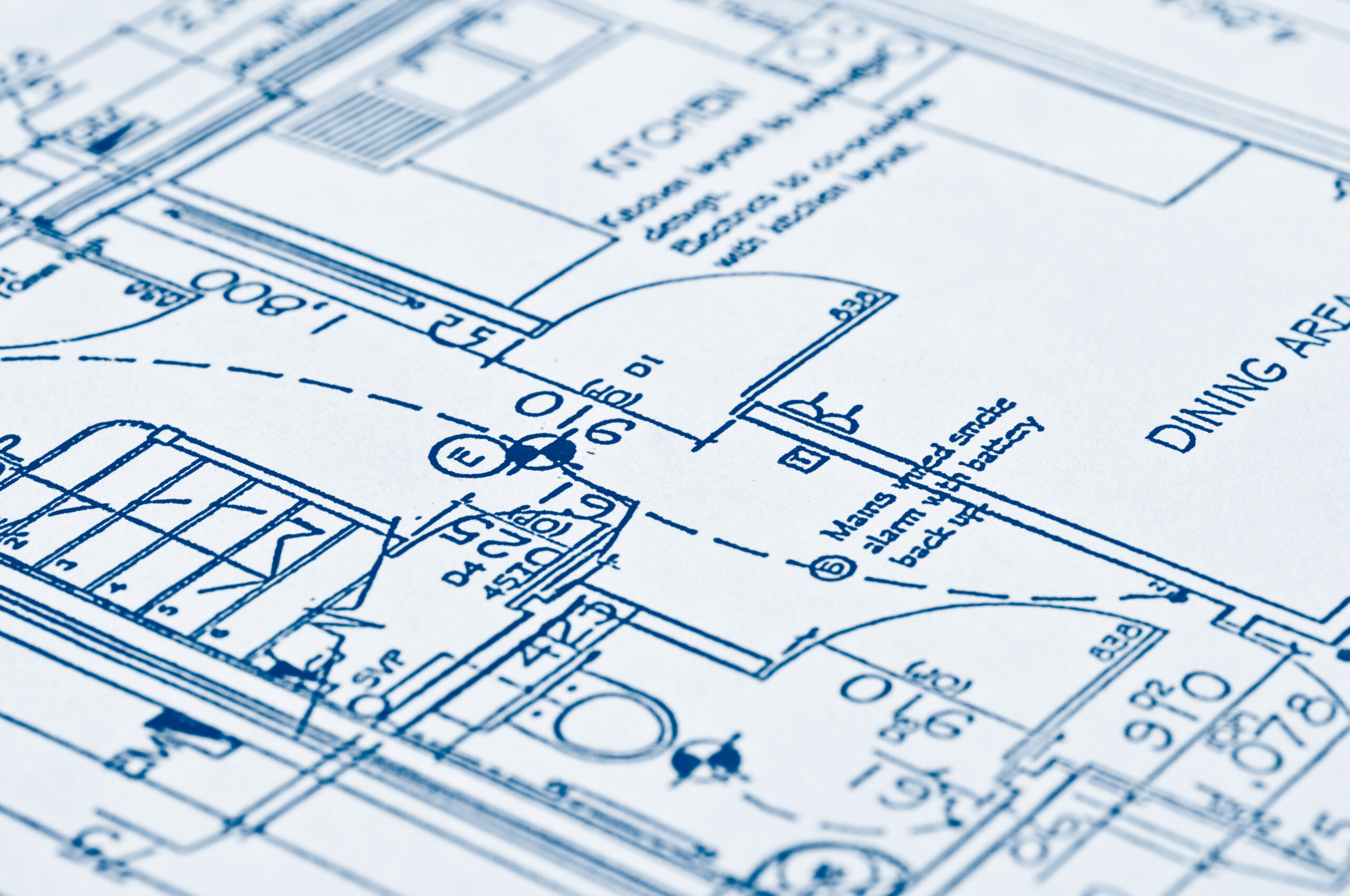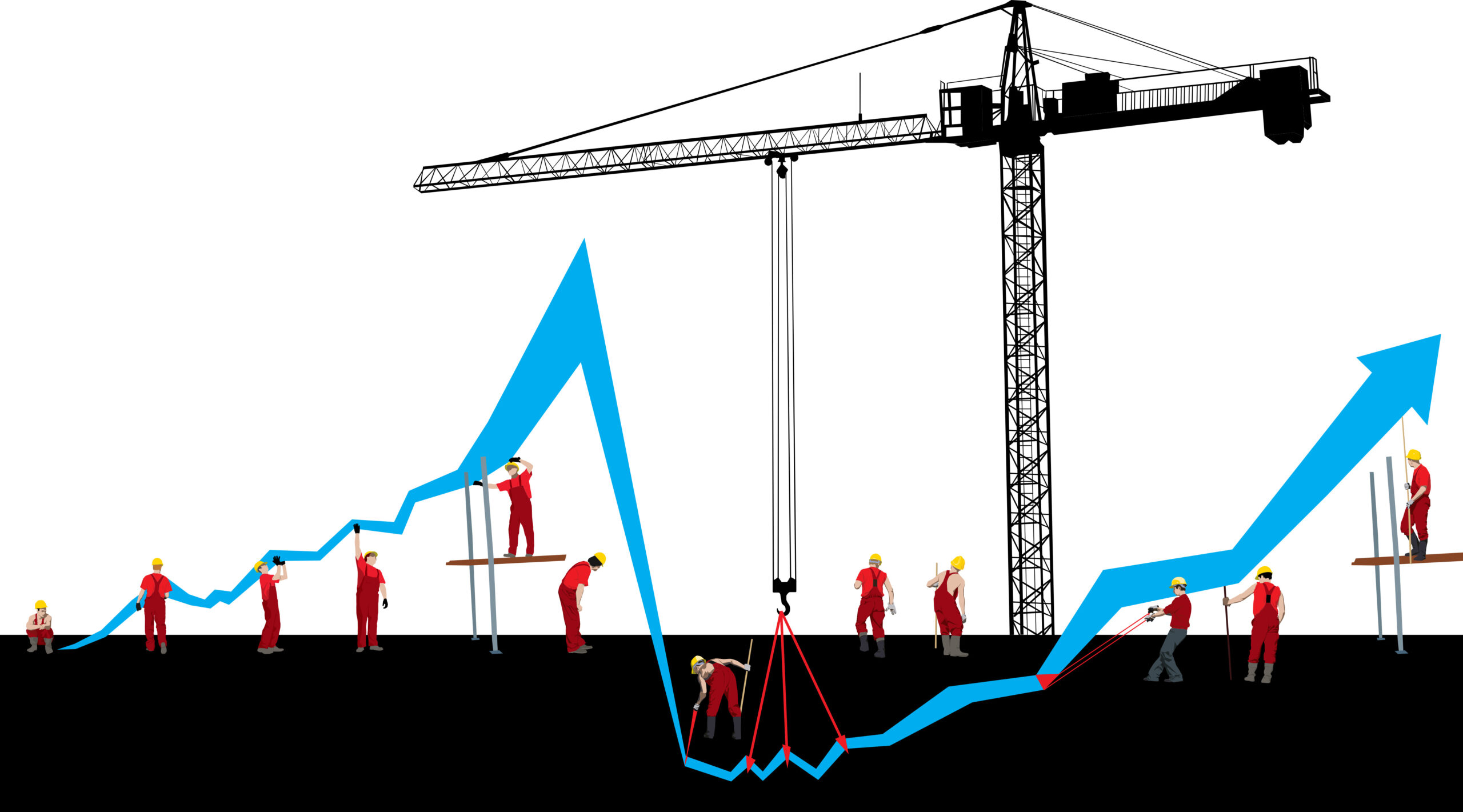Blog
Trust the Numbers: Pattern/Symbol Search and Auto Count
Humans are hard-wired to look for patterns. Recognizing patterns allows us to predict and expect what’s coming. Pattern recognition is efficient — it speeds decision making, and that’s what makes it so valuable to estimators. Pattern search, Symbol search or auto count as it’s also called, is one of the 10 features to look for in your next digital takeoff solution. Here’s a bit more about why.
Some of these things are not like the other
For years estimators had no choice but to pore over blueprints counting up objects like doors, windows, and smoke detectors. Anyone who’s done this knows how time-consuming and inefficient hand counting is. As electronic takeoff software entered the scene during the late 1990s, programmers began “teaching” software (with varying degrees of success) to look for patterns and symbols and count them up.
While this pattern search or auto-count technology is much improved from the early days, it’s not yet 100% accurate. The reason pattern searches are inherently unreliable lies in the PDF file itself. Those little symbols architects and designers use to represent a smoke detector, for example, aren’t often transferred into the PDF drawings as discrete objects. Rather, they are merely some dark pixels on a white background. So, as the digital takeoff software goes “looking” for a particular symbol, all it can do is compare the percentage of black to white within a given area — and it’s bound to make some mistakes. In most applications, auto count returns a simple count of how many smoke detectors the software thinks it found.
However, since auto count features are inherently imperfect, estimators must QC the numbers the software returns to gain the confidence they need to use the count in their estimates. In many electronic takeoff applications, that QC involves the estimator visually scouring the plans on screen, looking for the symbols the software has highlighted. Most have been correctly identified, but many have not and the estimator will need to manually subtract them from the count. The time an estimator spends on this QC process can equal the time they would have spent hand counting the objects — rendering the auto count feature effectively useless.
Getting it right
Earlier we mentioned that digital takeoff software vendors have executed auto count features with varying degrees of success. eTakeoff Dimension provides sophisticated functionality (some of it is even patented) that many applications do not.
- Visual QC Checks
The best applications acknowledge the inherent imperfections surrounding auto counts and provide the estimator with quick and efficient ways to perform the QC check. Dimension, for example, displays an image of each symbol it selected and allows the estimator review and deselect the images that shouldn’t be counted resulting in an accurate count that instills confidence. - View Symbol in Larger Context for Verification
Sometimes a symbol is a bit askew, blurred, or muddied, and it takes a closer look by the estimator to ensure it’s one to be counted. Dimension’s patented pattern recognition technology allows the estimator to stretch the borders of the images the software has counted, so he or she can see adjacent areas and be certain the search has actually found what it thinks it’s found. - Section Search
Construction drawings are complex documents, and a single page may contain swaths of data (text, for example) that doesn’t factor into the estimator’s takeoff tasks. Dimension allows you to select the specific areas on the drawing to search, saving time while improving efficiency and accuracy. - Multi-Page and Multi-Symbol Searches
Dimension enables the estimator to search for multiple symbols across multiple pages at the same time. This is an enormous time saver for busy estimators faced with dozens or even hundreds of separate pages to review. Simply configure the symbol searches and select which pages to search for each symbol selected. - Search in the Background
Regardless of how quickly the symbol search runs, an estimator should be able to continue the takeoff process while the software does the searching in the background. eTakeoff Dimension allows for the pattern search — multiple pattern searches even — to take place in the background, allowing the estimator to continue performing takeoff tasks.
What’s next?
As technology evolves, pattern search and auto count features will get better. We’re using artificial intelligence (AI) in other areas of Dimension, and with the advent of vector PDFs, pattern search could be the next logical use for the technology — performing a bit like facia recognition applications, only applied to construction objects. In the meantime, though, auto count functionality that speeds the process of generating accurate counts — providing estimators with the confidence they need — is a feature to look when shopping for digital takeoff software.




